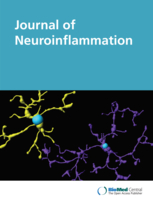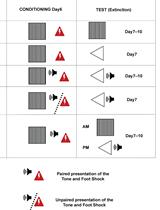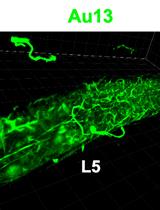- EN - English
- CN - 中文
A Mouse Model of Preterm Brain Injury after Hypoxia-Ischemia
缺氧缺血后早产儿脑部损伤的小鼠模型
发布: 2015年07月05日第5卷第13期 DOI: 10.21769/BioProtoc.1526 浏览次数: 11982
评审: Soyun KimEdgar Soria-GomezAnonymous reviewer(s)

相关实验方案
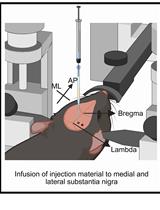
基于 rAAV-α-Syn 与 α-Syn 预成纤维共同构建的帕金森病一体化小鼠模型
Santhosh Kumar Subramanya [...] Poonam Thakur
2025年12月05日 1406 阅读
Abstract
The rodent hypoxia-ischemia (HI) model, referred to as the Vannucci model, is the most commonly used model for studying perinatal hypoxic-ischemic brain injury (Zhu et al., 2009; Vannucci and Hagberg, 2004). In the Vannucci model, brain injury is acquired by combining a permanent unilateral common carotid artery ligation with subsequent exposure to hypoxia (Rice et al., 1981). The Vannucci model was originally developed in rat pups at postnatal day (PND)7 (Rice et al., 1981), an age at which the development of the rat brain corresponds to that of the human infant at gestational weeks 32-34 (Zhu et al., 2009; Vannucci et al., 2009). The Vannucci HI model has since been adapted to mouse models of perinatal brain injury, and this has allowed the technique to be used with a broader array of genetically modified animals. Mice at PND9 have been the most commonly used, and these correspond to the human near-term infant (Zhu et al., 2009). In the present protocol, the Vannucci model has been adapted to serve as a model of preterm brain injury in C57bl/6J mice at PND5, an age where the development of the mouse brain corresponds to the brain of a human preterm infant (Zhu et al., 2009; Albertsson et al., 2014). The injury acquired with this protocol is characterized by local white matter injury combined with small areas of focal cortical injury and hippocampal atrophy (Albertsson et al., 2014).
Keywords: Mouse (小鼠)Materials and Reagents
- Animals
C57bl/6J mice (Charles River Laboratories) at PND4-5
The day of birth is defined as PND1
The body weight of PND 5 pups should be 2.0 ± 0.2 g - Anesthetics
Equipment
- Suture
6-0 silk suture attached to a needle for skin closure (Vömel, catalog number: 14719 ) - 7-0 silk suture cut into 1.0 cm–1.5 cm pieces for artery ligation (Ethicon, Johnson & Johnson, catalog number: EH7464G )
- Needle for skin suture
- Micropore surgical tape (Sollentuna, catalog number: 1530-0, 3 M )
- Syringe, 1 ml (B. Braun, Omnifix® 100 Solo)
- Heating plate (Labotect, model: Hot plate 062 )
- Forceps (Figure 1):
Fine-tipped curved forceps for dissecting the artery (Dumont, tweezer style 7, catalog number: 0302-7-CO )
Fine-tipped straight forceps for dissecting the artery (Nopa instruments, catalog number: AB 501/05 )
Hooked forceps for lifting the artery (Dimeda Instrumente GmbH, catalog number: 42.883.07 ) - Fine-tipped scissors (sharp) (Dimeda Instrumente GmbH, catalog number: 08.340.09 )
- Nasal mask for administering anesthetic gas (Simtec Engineering, catalog number: 10025 )
- Anesthetic vaporizer (Ohmeda Isotec Isoflurane Vaporizer)
- Surgical microscope (Carl Zeiss, model: S100/OPMI pico )
- Water bath with adjustable temperature (Grant, model: W14 )
- Hypoxic chamber with controlled temperature, humidified airflow, and variable oxygen level (Figure 2)
Note: In this protocol, a Dräger transport incubator 5400 and a Gant type W14 water bath (Figure 2A) were used to keep the ambient temperature at 36 °C. A smaller customized incubator, the hypoxia chamber, was kept inside the transport incubator (Figure 2B). Pups were placed inside the hypoxia chamber during the hypoxia procedure. The air and the 10% oxygen were introduced into the bottom of the customized incubator and vented from the top of the incubator. Before being introduced in the hypoxia chamber, the air and the 10% oxygen mixture were humidified and heated to 36 °C with the heated water bath. The customized hypoxia chamber was 19 cm in diameter and 19 cm in length (Figure 2C).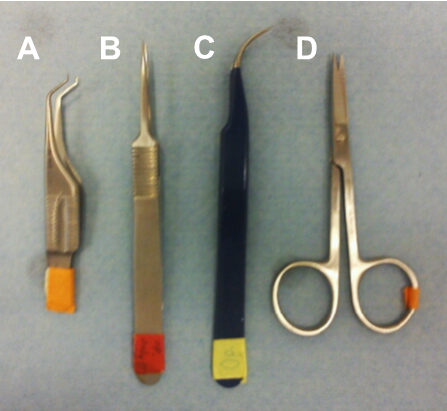
Figure 1. Surgical tools. Hooked fine-tipped forceps for lifting up the artery (A), fine-tipped straight forceps (B) and curved forceps (C) for dissecting the artery, and fine-tipped scissors for the skin incision (D).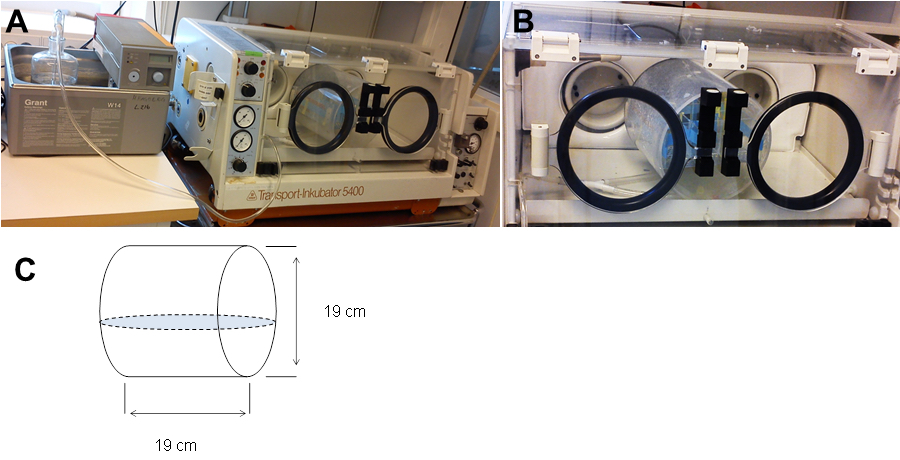
Figure 2. Equipment used for hypoxia treatment. A. Water bath and transport incubator containing the hypoxia camber. B. The hypoxia chamber inside the transport incubator, and (C) the dimensions of the customized hypoxia chamber.
Figure 3. Hypoxia-Ischemia procedure time line
Procedure
文章信息
版权信息
© 2015 The Authors; exclusive licensee Bio-protocol LLC.
如何引用
Albertsson, A. and Wang, X. (2015). A Mouse Model of Preterm Brain Injury after Hypoxia-Ischemia. Bio-protocol 5(13): e1526. DOI: 10.21769/BioProtoc.1526.
分类
神经科学 > 神经系统疾病 > 动物模型
您对这篇实验方法有问题吗?
在此处发布您的问题,我们将邀请本文作者来回答。同时,我们会将您的问题发布到Bio-protocol Exchange,以便寻求社区成员的帮助。
Share
Bluesky
X
Copy link


